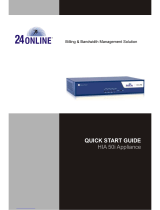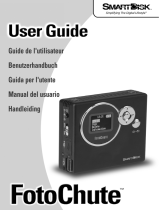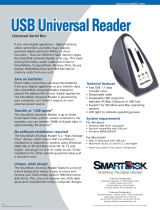3 DR4100 Best Practice Guide | April 2014
Table of contents
Revisions ............................................................................................................................................................................................... 2!
Executive summary ............................................................................................................................................................................... 4!
1! Administration guides ..................................................................................................................................................................... 5!
2! Best practice guides ........................................................................................................................................................................ 6!
3! Case studies .................................................................................................................................................................................... 7!
4! System setup ................................................................................................................................................................................... 8!
4.1! Hardware .............................................................................................................................................................................. 8!
4.2! Expansion Shelves ................................................................................................................................................................ 8!
4.3! Initial out of the box setup .................................................................................................................................................... 8!
4.4! Container creation ................................................................................................................................................................ 9!
4.4.1! Container limit ..................................................................................................................................................................... 9!
4.4.2! Access Protocols ................................................................................................................................................................ 10!
4.4.3! Marker Support .................................................................................................................................................................. 11!
5! Replication setup and planning ..................................................................................................................................................... 12!
5.1! Replication considerations .................................................................................................................................................. 12!
5.2! Replicating Containers ....................................................................................................................................................... 12!
5.3! Calculate Replication Interval ............................................................................................................................................ 12!
5.4! Bandwidth Optimization .................................................................................................................................................... 13!
5.5! Replication Encryption ....................................................................................................................................................... 14!
5.6! Addressing Packet Loss ...................................................................................................................................................... 14!
5.7! Replication Tuning ............................................................................................................................................................. 14!
5.7.1! High Bandwidth Conditions .............................................................................................................................................. 14!
5.7.2! Reducing Bandwidth Concerns ......................................................................................................................................... 14!
5.8! Domain Access ................................................................................................................................................................... 15!
6! Networking ................................................................................................................................................................................... 16!
6.1! Supported Network Cards .................................................................................................................................................. 16!
6.2! Network Interface Card Bonding ....................................................................................................................................... 17!
6.3! Secure Network Separation ................................................................................................................................................ 19!
6.4! Troubleshooting .................................................................................................................................................................. 40!
A! Resources ..................................................................................................................................................................................... 41!






















